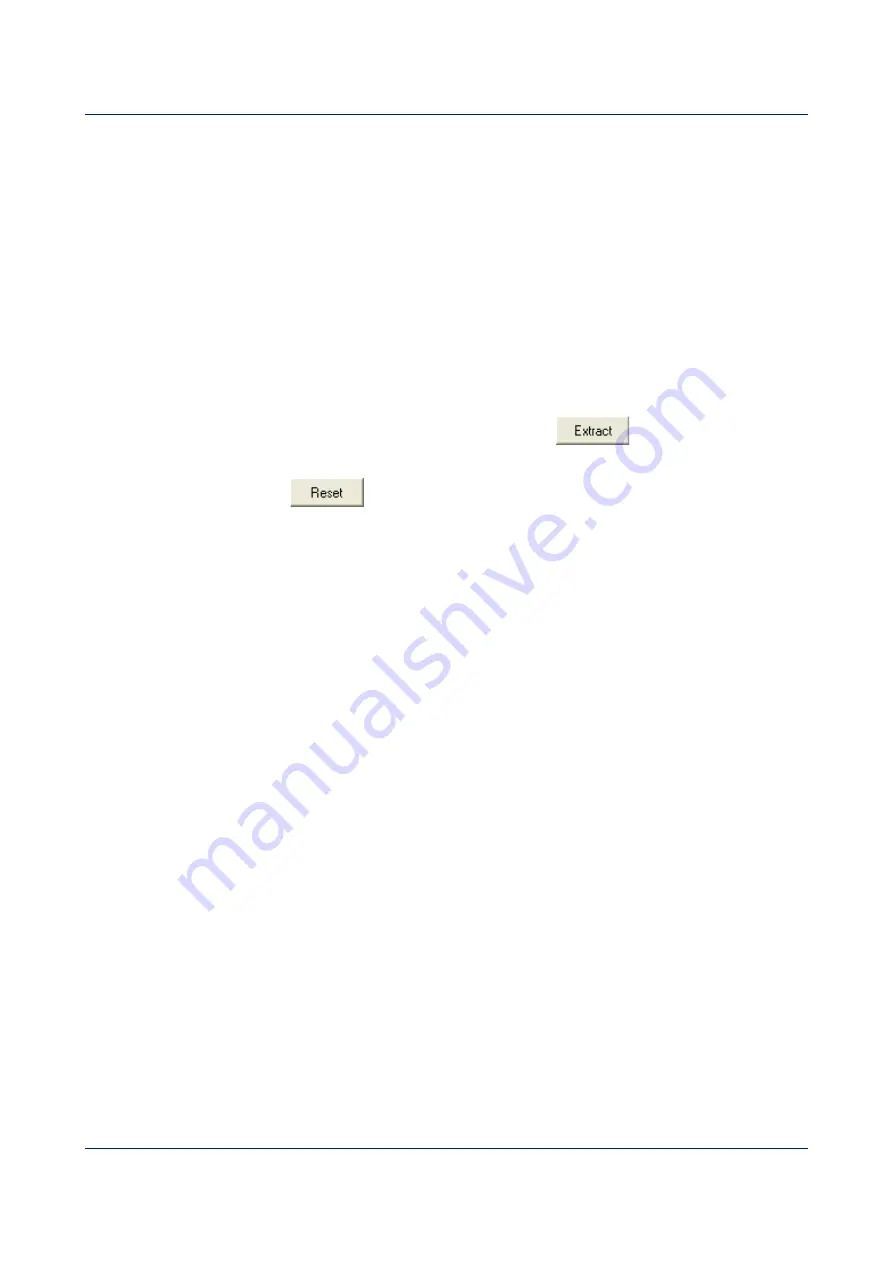
Using the DM24
7. Normally, GCFXtract outputs GCF files, to ensure all the information in the
original data is retained. If you want to convert to a different format, select it
from the Output Data Format drop-down box. GCFXtract can output in most
of the formats supported by Scream!.
8. Data are automatically placed in time order and saved in multiple files, each
file containing a contiguous segment of data. By default, data streams are
recorded in files 60 minutes long. To change this to some other number of
minutes, alter the value in the Data File Duration (mins) box.
If there is a gap in a data stream, GCFXtract will start a new file anyway.
Status streams are also saved in in multiple files, but have a default length of
24 hours. To change this, alter the value under Status File Duration (hours).
9. When you are happy with the settings, click
to begin extracting the
data.
10. Clicking
sets a flag on the disk which marks it as empty. Next time
a digitiser wants to transfer data, it will begin at the beginning of the disk,
overwriting the old data. When this happens, none of the old data can be
extracted with GCFXtract or Scream!. Until then, however, you will still be
able to retrieve all the data.
11. When you are finished, you should exit GCFXtract and then use your
operating system's standard facility for un-mounting hardware (
e.g.
“Safely
Remove Hardware” under Windows) before disconnecting the drive.
You can also read disks with Scream!. This allows you to view data in the process of
being transferred, but is slightly slower, because Scream! does not read data in strict
order. To read a disk with Scream!:
1. Attach the disk to your computer. You can use FireWire, USB, or any other
interface supported by both your PC and the disk.
2. Run Scream!, and select File
→
Setup… from the main menu. Select the Files
tab.
3. Set the Base Directory, Filename Format and Data Format as described above.
Also, if required, set the Post-processor and Granularity options to suit your
requirements. Consult the Scream! documentation for details.
4. Select the Recording tab, and check Auto Record—Enable for Data Streams
and Auto Record—Enable for Status Streams. Click OK. Scream! will
remember the recording options you set in steps 3 and 4 for later occasions.
5. Select File Read SCSI disk… from the main menu. Scream! will search for
→
attached disks, and open a window with a list of all the streams it has found.
28
Issue U - December, 2021






























